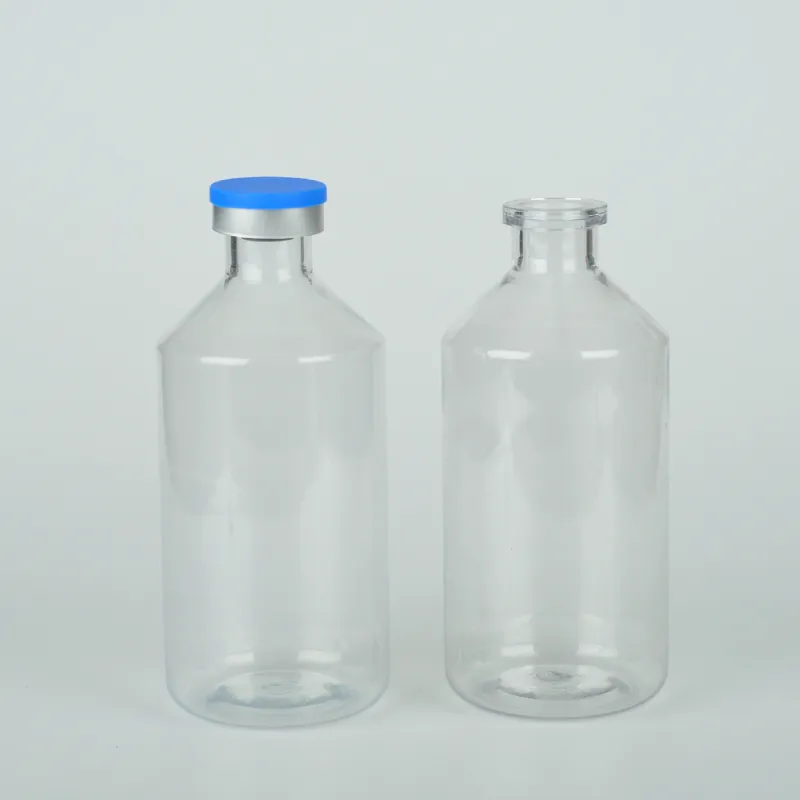Understanding the Significance of Serum Blood Tube Colors in Laboratory Testing
Understanding the Significance of Serum Blood Tube Colors in Medical Testing
Blood tests are a cornerstone of modern medical diagnostics, providing crucial information that aids in the detection and management of various health conditions. One often overlooked aspect of blood testing is the color of the serum blood tubes used to collect samples. Each color corresponds to a specific additive or lack thereof, which influences the separation and properties of the blood sample. Understanding these colors and their implications is essential for healthcare professionals and patients alike.
The Role of Additives in Blood Collection
Blood collection tubes are typically made of plastic or glass and contain different additives that serve distinct purposes. These additives can be anticoagulants, clot activators, or preservatives. The most common colors seen in serum blood tubes include red, gold, green, lavender, blue, and gray, each designed for specific tests and procedures.
1. Red Tubes Red top tubes are often used for serum collection because they contain no additives, promoting natural clotting. They are ideal for tests requiring serum, such as hormone levels, liver function tests, and various other assays. The absence of additives means that these tubes are best suited for samples that require the most unaltered form of serum.
2. Gold Tubes Gold or tiger-top tubes have a gel separator on the inside and are designed to facilitate the separation of serum after centrifugation. These tubes can be used for a variety of tests, such as chemistry panels and serologies. The gel acts as a barrier that helps in separating the serum from the cells, which is crucial for many tests.
3. Green Tubes Green top tubes contain heparin, a potent anticoagulant that prevents blood from clotting. These tubes are often utilized for tests that require whole blood or plasma, such as certain hormone levels and electrolytes. The ability to collect samples without clotting is vital for achieving accurate results in many scenarios.
serum blood tube color

4. Lavender Tubes Lavender or purple top tubes contain EDTA, another anticoagulant. These tubes are frequently used for complete blood counts (CBC), blood smears, and other hematological studies. EDTA preserves the morphology of blood cells, making it ideal for evaluating blood disorders.
5. Blue Tubes Blue top tubes contain sodium citrate, an anticoagulant that is typically used for coagulation studies. These tubes are essential for tests like prothrombin time (PT) and activated partial thromboplastin time (aPTT), which assess the blood’s ability to clot. The correct filling of these tubes is crucial, as the ratio of blood to anticoagulant must be maintained for accurate results.
6. Gray Tubes Gray top tubes contain additives such as sodium fluoride and potassium oxalate, and are used for glucose and lactate testing. The fluoride acts as a glycolytic inhibitor, thus preserving glucose levels in the sample. This is especially important in emergency settings where accurate glucose readings are required.
Importance of Correct Tube Usage
Using the correct blood tube color for each test is imperative for obtaining valid results. Incorrect tube usage can lead to erroneous conclusions, missed diagnoses, and inappropriate treatment plans. For instance, using a lavender tube for a chemistry test could result in falsely low levels of certain analytes due to the presence of EDTA.
Conclusion
In conclusion, the color of serum blood tubes is not merely a superficial feature; it is a critical component of medical diagnostics. The additives within each colored tube influence the sample's behavior during testing and ultimately affect patient care. Healthcare professionals must adhere to protocols regarding tube selection to ensure the reliability of test results. By understanding the significance of these colors, both practitioners and patients can appreciate the complexities involved in blood testing and its vital role in healthcare.
-
Aesthetic Makeup Spray Bottles | Fine Mist Empty RefillableNewsAug.19,2025
-
White Plastic Veterinary Vaccine Vials | Lab Liquid BottlesNewsAug.18,2025
-
Plastic Medicine Liquid Bottle: Secure Flip Top Drug VialsNewsAug.17,2025
-
Durable 250ml Blue Plastic Vaccine Vial for Lab & Vet UseNewsAug.16,2025
-
Sterile Virus Sample Tubes: Secure & Reliable Specimen CollectionNewsAug.15,2025
-
White 250ml Plastic Vaccine Vial for Lab & Vet MedicineNewsAug.14,2025
























